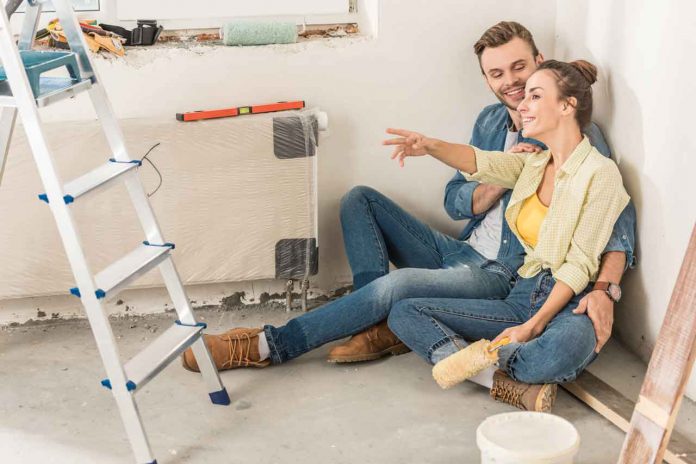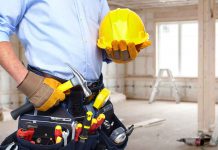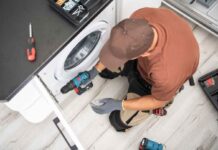Your home should be your refuge, a place where you can relax, unwind, and feel safe. But for many people, their homes are actually compromising their health. From exposure to toxins and pollutants to ergonomic issues, there are a number of ways that your home could be harming your health. So what can you do? Awareness is the first step. By understanding the potential health risks in your home, you can take steps to mitigate them and create a healthier environment for yourself and your family.
1. Indoor Air Quality
One of the most important — and often overlooked — aspects of home health is indoor air quality. The EPA estimates that North Americans spend up to 90% of our time indoors, so it’s essential that the air we’re breathing is clean and free of pollutants. Unfortunately, many homes are full of toxins and chemicals that can compromise our health. VOCs (volatile organic compounds) are emitted from various common household products, from paint to cleaning supplies to furniture. These chemicals can cause a host of health problems, including headaches, nausea, respiratory issues, and cancer.
There are several ways to improve your home’s indoor air quality, including:
- Ventilating your home regularly to let fresh air in
- Avoiding the use of harsh chemicals and cleaning products
- Investing in an air purifier
- Not smoking indoors
Additionally, given that, according to the US Department of Energy, around 63% of all inhabited residences have a garage or carport, it’s important to be aware of the health risks associated with car exhaust fumes and take steps to reduce your exposure.
2. Ergonomics
Another important aspect of home health is ergonomics. This refers to the way that we interact with our environment and the objects in it. Poor ergonomics can lead to a number of musculoskeletal issues, including back pain, neck pain, and carpal tunnel syndrome.
Unfortunately, many homes are not designed with ergonomics in mind. Poorly designed furniture, for example, can cause a lot of strain on our bodies. The way we use technology can also contribute to ergonomic problems. If you work from home, it’s important to set up your workspace ergonomically to avoid these issues.
3. Lighting
Lighting is another important aspect of home health. Poor lighting can cause a number of problems, including eye strain, headaches, and fatigue. It can also contribute to depression and anxiety.
There are several ways to improve the lighting in your home, including:
- Adding more natural light by opening blinds and curtains
- Adding task lighting to areas where you need it
- Investing in full-spectrum light bulbs
4. Biological Hazards
Biological hazards are another potential health risk in your home. These can include mold, dust mites, and pet dander. In fact, according to This Old House, 60% of North American residences have wet basements, and 38% are susceptible to basement mold.
Biological hazards can cause several health problems, including allergic reactions, respiratory problems, and skin irritation. To mitigate these risks, it’s important to keep your home clean and free of dust and debris. You should also be on the lookout for mold and mildew and take steps to remediate them if you find them in your home. As for pet dander, it’s important to keep your pets clean and groomed to minimize the amount of dander they shed. You could also invest in an air purifier with a HEPA filter to help remove pet dander from the air.
In 2020, 5.9% of all homes sold were flipped properties. Unfortunately, some of these homes were not properly inspected for health and safety risks before they were put on the market. As a result, many people unknowingly expose themselves to health risks by living in these homes. But by taking care of the issues discussed in this article, you can make your home a healthier place to live no matter how it was previously maintained.







